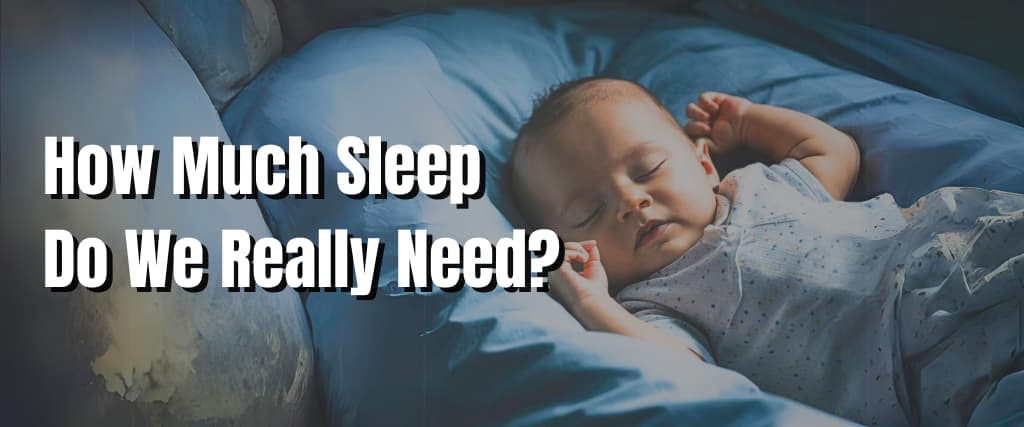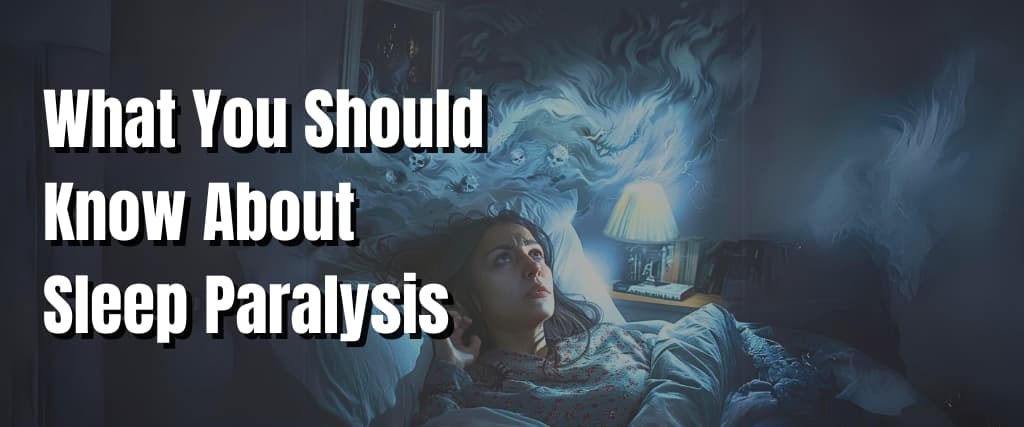Bed bugs are a nuisance once they evade your house. Every home in Australia, if not all, has experienced bed bug infestation. Once your home gets infested, it may become challenging to get rid of them.
However, all hope is not lost as there are a couple of methods you can use on your own to eradicate these pests. However, the most recommended method of dealing with such a situation is calling pest control or disposing of the infested mattress.
What Does a Bed Bug Look Like?

Before starting DIY methods, you need to understand what bed bugs are. They’re tiny oval-shaped insects, like the size of an apple seed. They’re brownish and live off blood from animals and humans alike. Bed bugs cannot fly but can scuttle around quickly.
After they are hatched, they shed their skins at least five times. They fully develop into adulthood after a month of shedding and feeding.
Where Can I Locate a Bed Bugs’ Hiding Place?

Bedbugs can move on personal belongings and furniture undetected. Their flat bodies make it easy to crawl through squeezed spaces, like the edges of a mattress seam or baseboards.
It is essential to machine wash clothing after a long trip to get rid of any pests before they start laying eggs and multiplying.
Bed bugs tend to spread out the longer they are at a location. They can migrate to different parts of a room over time and even infest other parts of your house or apartment.
Bed bugs are nocturnal and come out at night to bite humans while they sleep. They live close to a food source (intimate contact with the host) and are typically found in mattresses, box springs, bed frames, or linens where they hide from the light.
How do I Know If I Have a Bed Bugs Infestation?
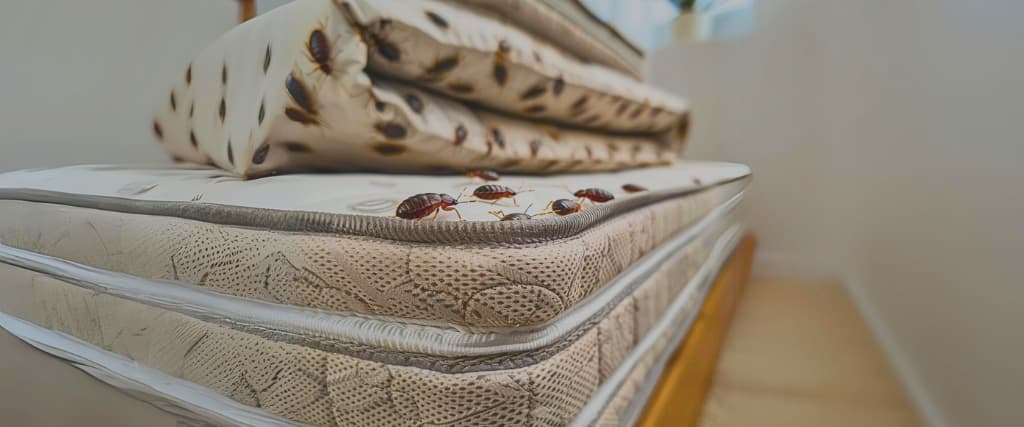
If you’ve been itching a lot and have developed red rash-like bite marks on your skin, your furniture or mattress is infested with Bed Bugs.
This is most common when moving used furniture to your home or after long trips to different places. Bed Bugs usually feed at night when you are asleep by piercing your skin with their long beaks and drawing blood. They do this until they grow to almost seven times their original size.
While you probably won’t feel any pain as they suck your blood, you will develop red itchy welts.
Another sign that your house is infested with bed bugs is a musty odour and bloodstains on your mattress. Once you notice any of these signs, check your mattress seams for tiny translucent eggs, brown or dark stains, and shed skin.
How Do I Get Rid of Bed Bugs?
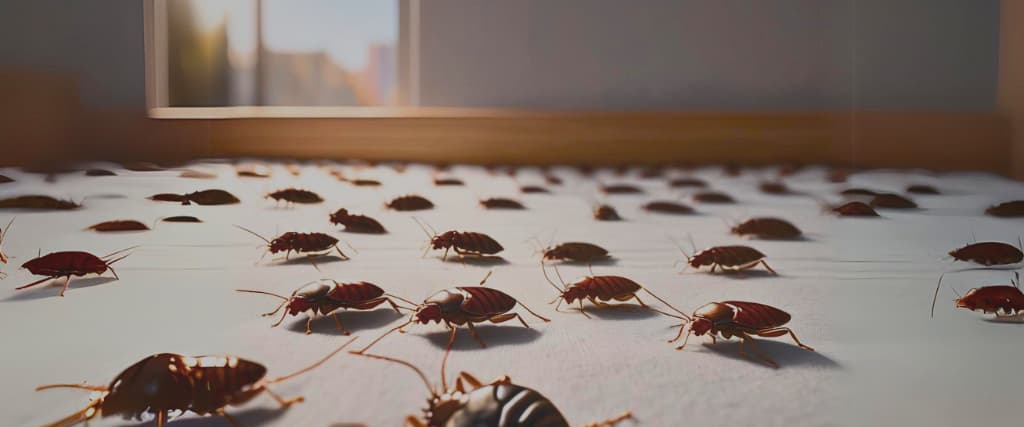
It will not be an easy task doing it on your own. However, it is recommended that you replace your infested mattress with a new one after fumigating infested areas. However, if disposing of your furniture and beddings is not an option for you, please try out any of these methods.
- Laundry
Wash all your beddings and clothes in hot water and ensure you dry them out using the highest possible setting. If they infest items that you cannot wash, like toys and shoes, you can opt to run them through the dryer for half an hour or so. This ensures that no living pest survives on the surfaces or within.
- Vacuum and Scrub Without Water
Run a stiff brush across the seams of your mattress to rub off the bugs and eggs. Vacuum immediately after rubbing off the bugs and eggs, so they don’t jump to other surfaces.
Once you’re done, ensure you dispose of the vacuum bag content in an outdoor trash can in a well-sealed plastic bag.
It’s good to understand that this is not the best option to get rid of bed bugs that have slipped through the surface and into the interior of the mattress.
- Using Steam To Clean
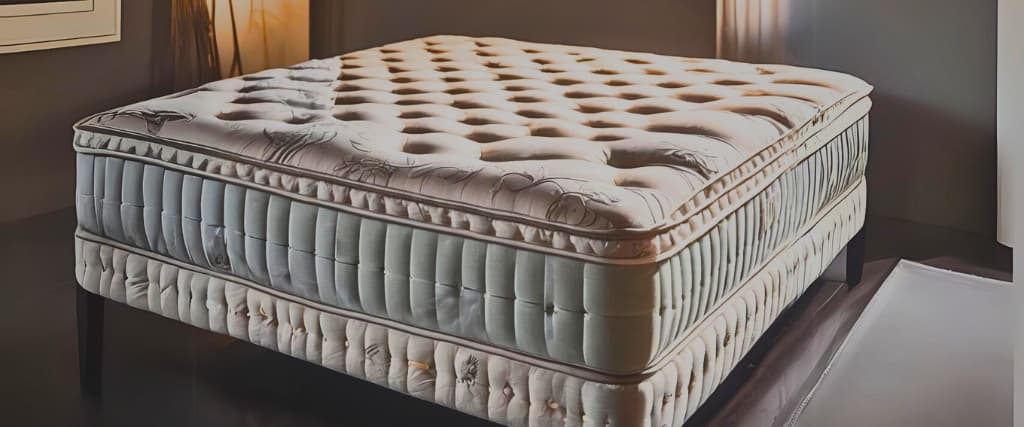
This is one of the best methods to get rid of these pests. Bed bugs cannot survive under temperatures above 120 degrees Fahrenheit. It is better than using chemical methods, which could be harmful to your body.
Steam cleaning gets rid of bed bugs and their eggs and other bacteria present in the bedding. Using a memory foam mattress, this method might easily damage it.
- Using Diatomaceous Earth
Diatomaceous Earth is a natural supplement that consists of silica, plankton, and fossilised diatoms ground into powder.
Diatomaceous Earth dries out bed bugs by sucking oil and fats from inside. All you have to do is sprinkle the powder over your mattress surface. Ensure your mattress is dry when doing this, not to dilute the powder. Use an encasement seal to cover your mattress and keep it that way for more than four weeks.
- Seal Your Mattress
Go for mattress protectors that prevent bed bugs, as most brands shield against spills and drink stains. Bed bugs can stay up to a whole year without feeding, so ensure you keep your mattress cover on for a while for maximum protection.
What Happens If You Are Unable to Get Rid Of Them?

If all the mentioned DIY methods do not work, you’re left with two options. They include;
- Disposing of the mattress
- Calling pest control services
Disposing of the Mattress

This is the best option available among the two. Getting rid of the mattress saves you time, discomfort, and money and drastically reduces the chances of an infestation recurring.
Although it might be hard to make, you will be left with no choice if the DIY methods do not work for you.
Call Pest Control Services

Calling the exterminator is another effective way of dealing with a bed bug infestation. Their special chemicals kill off bed bugs and their eggs almost instantly.
Although the method will require you to dig deeper into your pocket, fumigation and pest control services are worth every penny. For worst-case scenarios of an over-infestation, you might be required to vacate the premises for a couple of days while your house is being sprayed and sealed.
How Can I Avoid a Bed Bug Infestation?

The best way to avoid or reduce bed bug infestation is through practising sanitary activities such as changing beddings regularly and getting yourself a quality mattress protector.
Change Bedding Regularly
Adopting a regular laundry and exchange of beddings routine reduces the chances of bed bug infestation.
Ensure you wash your blankets, pillows, and comforters once a month and your sheets once a week. This action also improves your sleep quality.
Getting a Mattress Protector

For best results, get a mattress protector that is fully encased. This fabric prevents bed bugs, mites and stains from getting into your mattress.
How Can I Properly Dispose of An Infested Mattress

Do not dispose of a bedbug-infested mattress in any dumpster. This is not only illegal in some parts of the country but also unsafe for surrounding areas.
Ensure you check with your local administrator responsible for adequately disposing of such equipment types. You also cannot donate it to charity; instead, look for companies that deal with the proper disposal of mattresses.
Conclusion
Bed bugs can be a nuisance if not dealt with properly. We all value quality sleep and anything that comes in the way must be immediately removed. That’s why it is advisable to dispose of a bedbug-infested mattress and call an exterminator to get rid of possible traces of bed bugs if the DIY techniques above do not work.




